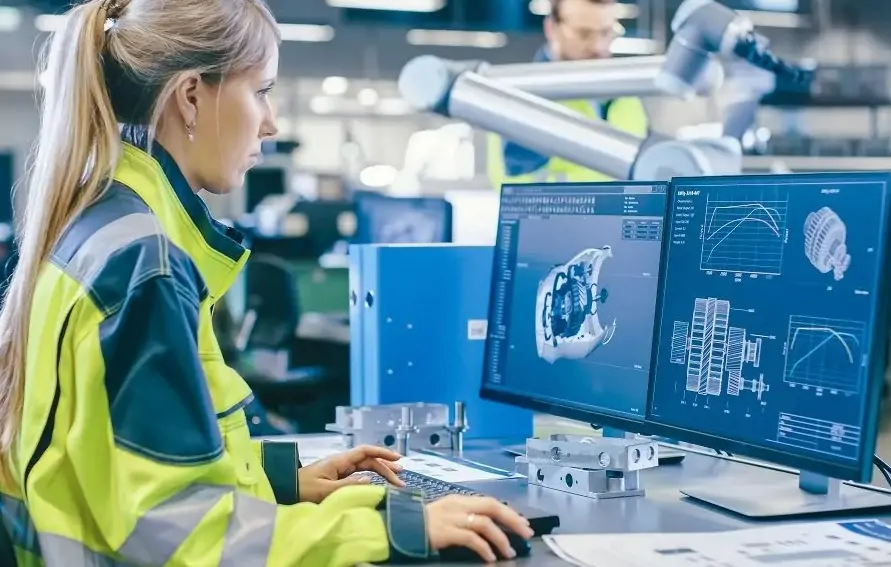Safety PLC Systems: Essential Protection for Modern Industrial Automation
Safety Programmable Logic Controllers provide critical protection beyond standard automation. These specialized systems implement functional safety requirements through redundant architecture. They are essential for high-risk manufacturing environments and personnel protection.
Fundamental Differences from Standard PLCs
Safety PLCs incorporate built-in redundancy and self-checking capabilities. Standard PLCs focus primarily on process control and sequencing. Safety controllers automatically enter safe states during failures. Furthermore, they comply with rigorous international safety standards.
Dual-Channel Safety Architecture
Safety PLCs utilize redundant processor configurations. Multiple CPUs execute identical calculations simultaneously. The system compares results continuously for discrepancies. Consequently, it initiates safe shutdowns immediately upon detecting faults.
International Safety Standards Compliance
Safety PLCs must meet specific certification requirements. IEC 61508 governs functional safety for electrical systems. ISO 13849 covers safety-related control components. Moreover, these standards ensure reliable performance in critical applications.
Industrial Application Areas
Safety PLCs protect workers in hazardous manufacturing areas. They monitor robotic work cells and high-force machinery. Emergency shutdown systems in process industries rely on them. Additionally, they manage safety interlocks and perimeter guarding systems.
Strategic Implementation Benefits
Safety PLC integration reduces workplace injury risks significantly. They minimize unnecessary production downtime through intelligent diagnostics. Compliance with regulations becomes more straightforward. Furthermore, they simplify complex safety relay wiring systems.
Safety System Market Context
The functional safety market demonstrates substantial growth. According to MarketsandMarkets, it will reach $8.2 billion by 2027. Manufacturing represents the largest application sector. Companies increasingly prioritize worker protection and risk mitigation.
Control System Integration
Safety PLCs integrate with standard automation platforms seamlessly. They communicate with conventional PLC and DCS systems effectively. This enables comprehensive safety monitoring across operations. Therefore, manufacturers maintain both productivity and protection.
Key Safety PLC Features
- Redundant processor architecture with continuous monitoring
- Automatic safe state transition during system failures
- Comprehensive internal diagnostic capabilities
- Certified function blocks for safety programming
- Integration with standard control networks
- Compliance with international safety standards
Legacy System Modernization
Many facilities operate outdated safety relay systems. Safety PLCs offer efficient modernization pathways. They centralize safety logic while maintaining reliability. Moreover, they provide better diagnostics and maintenance capabilities.
Expert Analysis from World of PLC
At World of PLC, we’ve implemented numerous safety system upgrades. Many companies underestimate safety industrial automation requirements initially. Proper safety implementation requires understanding both technology and regulations. We recommend conducting thorough risk assessments before system design. Regular safety system validation ensures continued protection. Documentation proves compliance during regulatory audits.
Automotive Manufacturing Scenario
An automotive plant upgrades its press line safety systems. The new Safety PLC monitors light curtains and emergency stops. It controls robotic cell access gates and safety scanners. The system reduces safety-related downtime by 45% while improving protection.
Implementation Recommendations
- Conduct comprehensive risk assessment before design
- Select appropriately certified safety components
- Develop detailed safety validation procedures
- Train maintenance staff on diagnostic features
- Establish regular safety system testing schedules
- Document all safety functions for compliance
Frequently Asked Questions
- How often should safety systems be validated and tested?
- Most standards require annual validation, though critical systems may need more frequent testing depending on risk assessment results.
- Can safety PLCs communicate with standard automation networks?
- Yes, modern safety controllers support standard industrial protocols while maintaining safety integrity through appropriate segregation.
- What’s the typical lifespan of safety PLC systems?
- Well-maintained safety systems typically operate reliably for 10-15 years, though technology upgrades may be beneficial before hardware obsolescence.
| Model | Title | Link |
|---|---|---|
| 1756-PA75R | Allen Bradley Power Supply | Learn More |
| 1756-EN2TR | Allen Bradley Ethernet IP Module | Learn More |
| 1756-IB32 | Allen Bradley ControlLogix DC Input Module | Learn More |







